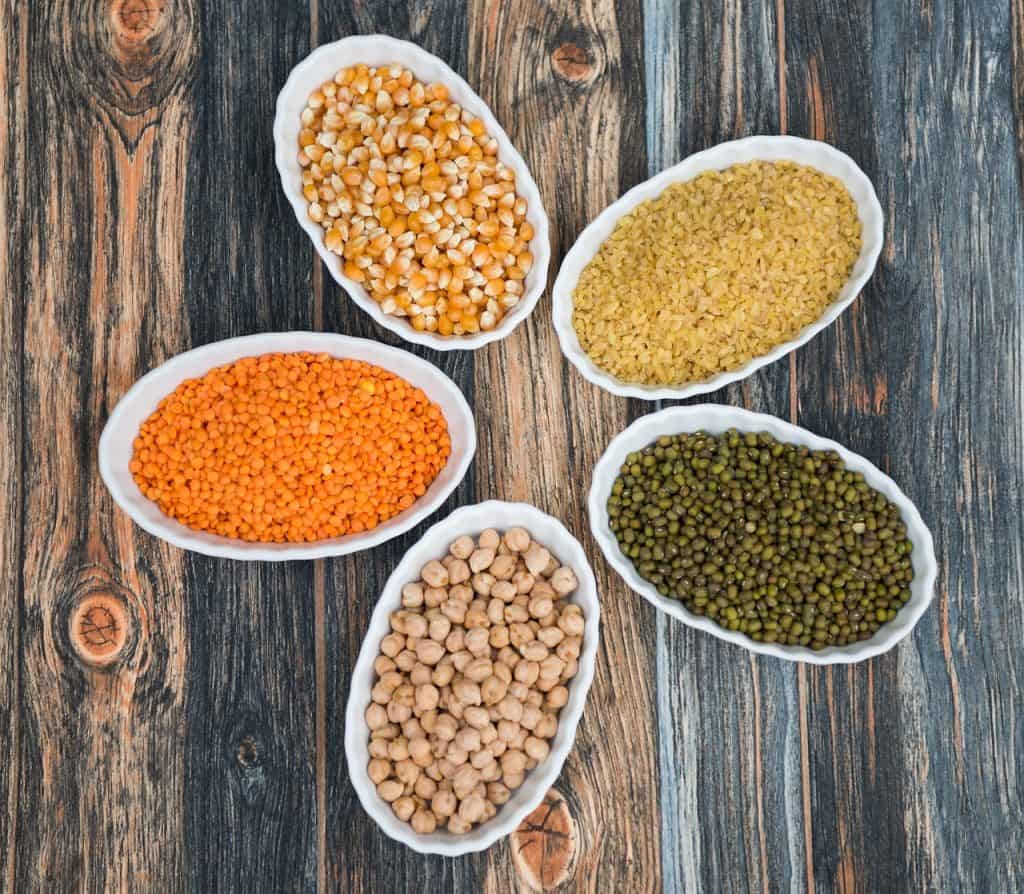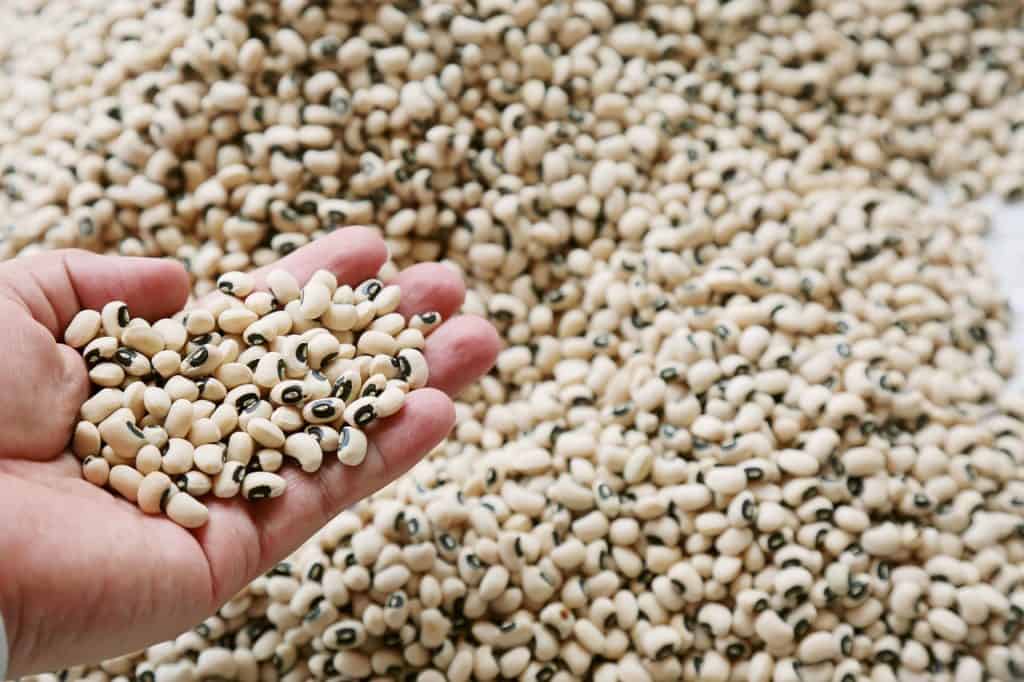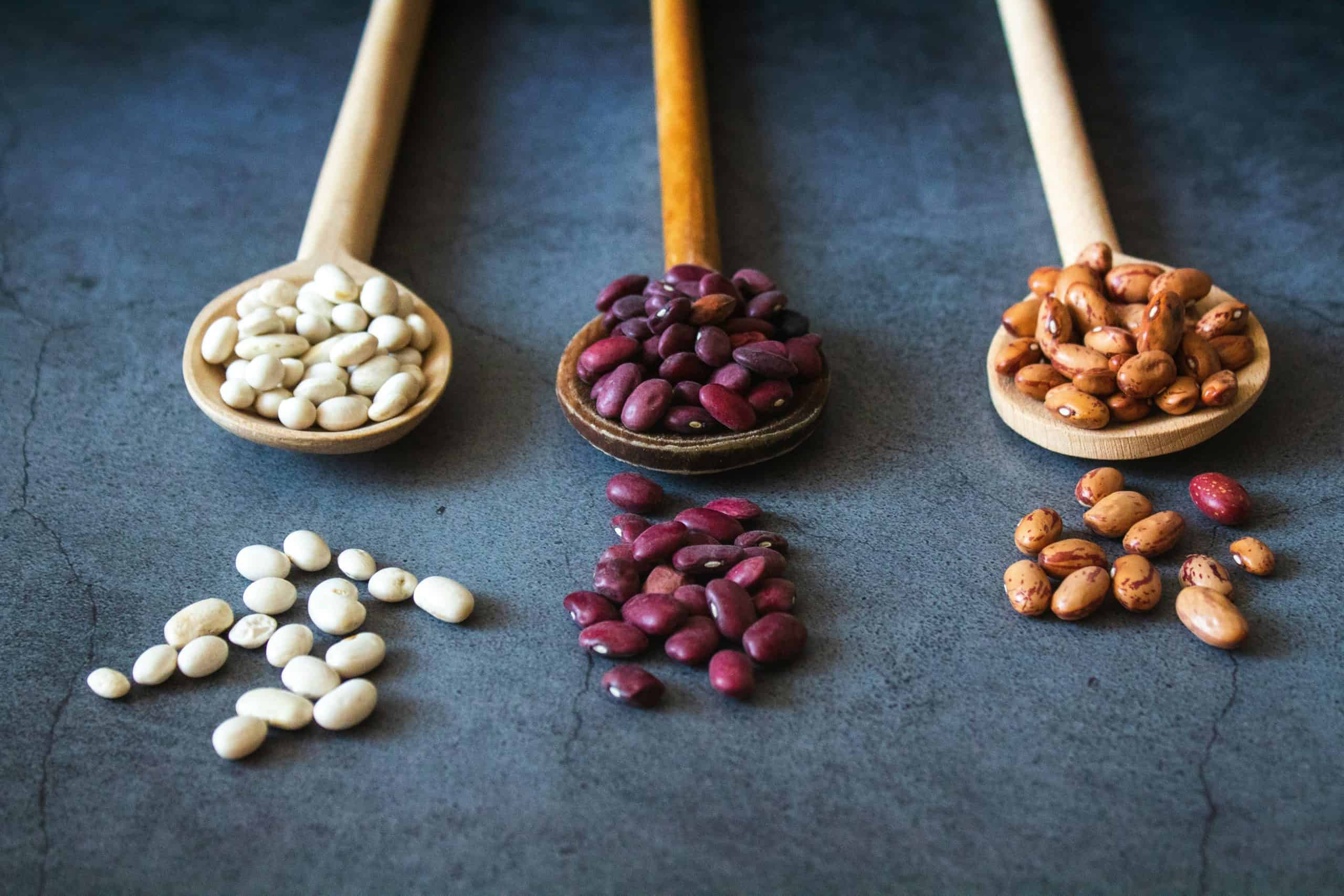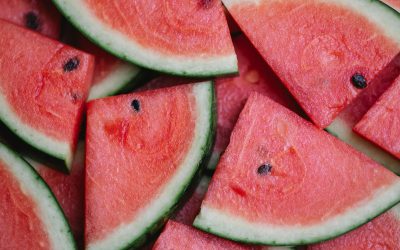As the world gears up to celebrate World Environment Day this year, the spotlight turns to agricultural practices that rejuvenate our soils and ensure food security. Among these practices, the cultivation of pulses stands out as a remarkably effective strategy, with many varieties being drought-resistant and climate change-resilient. These humble crops are powerhouses that nourish soil and people, making them crucial for sustainable farming and global food security. (The Food and Agriculture Organization even designated February 10 as World Pulses Day).
What are pulses?
A staple in many diets worldwide, pulses are a category of leguminous crops, grown primarily for their edible seeds. Common examples are lentils, chickpeas, beans, and peas, while lesser-known ones include tarwi beans in the High Ande and Bambara beans, indigenous to West Africa.

Nutritional benefits
- High protein content: Pulses are a great plant-based protein source, making them essential for vegetarian and vegan diets.
- Rich in fibre: They help in digestion, regulate blood sugar levels and lower cholesterol.
- Packed with vitamins and minerals: Pulses contain essential nutrients like iron, potassium and folate, which are crucial for bodily functions and preventing deficiencies.
- Low in fat: Their low-fat content makes them a healthy option for weight management and cardiovascular health.
Lentils and many types of beans have a long shelf life, making them a versatile addition to your pantry and meal planning.
Why pulses are important to soil health
Enhancing soil fertility
One of the primary reasons pulses are vital for soil health is their ability to fix atmospheric nitrogen. They belong to the legume family, which forms symbiotic relationships with rhizobium bacteria in their root nodules. These bacteria convert atmospheric nitrogen into ammonia, a form that plants can readily absorb and use for growth. This natural process enriches the soil with nitrogen, reducing the need for synthetic fertilizers, which are costly and often harmful to the environment.
Moreover, the deep root systems of many pulse crops help improve soil structure by creating channels for air and water to penetrate. This enhances soil aeration and water retention, making the soil more resilient to erosion and drought. Over time, this improved soil structure contributes to higher organic matter content, fostering a healthier and more productive agricultural ecosystem.
Combatting soil degradation
Soil degradation, characterized by the decline in soil quality and productivity, is a significant threat to global food security. Pulses play a crucial role in mitigating this issue through their soil restorative properties. By incorporating pulses into crop rotations, farmers can break pest and disease cycles, reduce soil erosion, and improve soil fertility.
Additionally, pulses produce substantial amounts of biomass both above and below ground. When pulse residues are left in the field after harvest, they decompose and add organic matter to the soil. This organic matter acts as a reservoir of nutrients and improves soil tilth, further enhancing soil health and productivity. In fact, it has been shown that cereals grown in rotation after pulses yield on average 1.5 tonnes more per hectare than those grown without pulses.

Why pulses can support global food security
Healthy soils are the foundation of food security. With the global population expected to reach 9.7 billion by 2050, the demand for nutritious food will increase significantly. Pulses, rich in protein, fibre, vitamins, and minerals, are a vital part of the human diet. By improving soil health, pulses help ensure that agricultural lands remain productive and capable of meeting future food demands.





